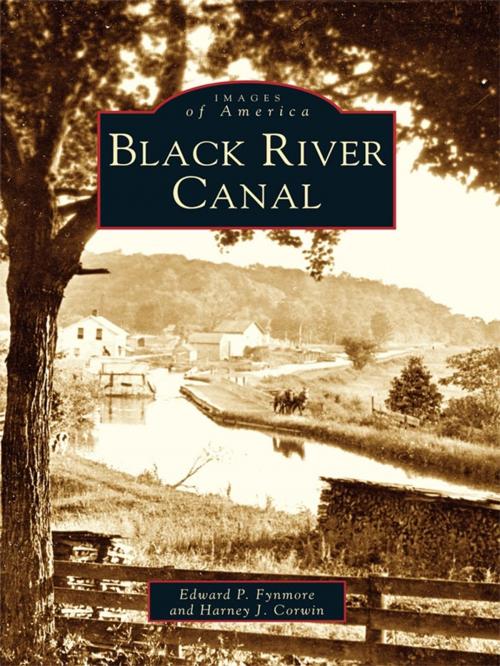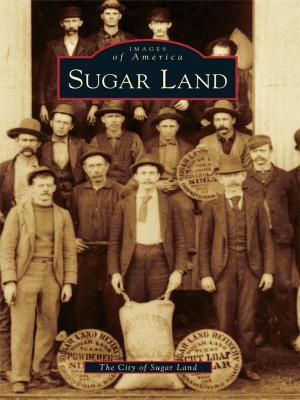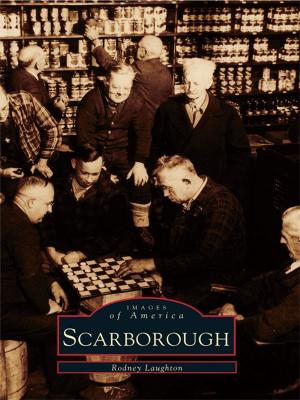| Author: | Edward P. Fynmore, Harney J. Corwin | ISBN: | 9781439616208 |
| Publisher: | Arcadia Publishing Inc. | Publication: | July 27, 2005 |
| Imprint: | Arcadia Publishing | Language: | English |
| Author: | Edward P. Fynmore, Harney J. Corwin |
| ISBN: | 9781439616208 |
| Publisher: | Arcadia Publishing Inc. |
| Publication: | July 27, 2005 |
| Imprint: | Arcadia Publishing |
| Language: | English |
Black River Canal documents in images how a manmade river transformed a region. This upper New York State canal was an improbable engineering success. In 1825, DeWitt Clinton proposed construction of a canal that would link the Erie Canal at Rome with the Black River at Lyons Falls. The idea was well received, but the obstacles were great. The canal would have to run uphill. In the end, the 35-mile overland canal required a record 109 locks to negotiate a rise and fall of 1,079 feet. Construction was authorized in 1836, and against all odds, the Black River Canal was fully operational in 1855. The canal brought a measure of prosperity to an isolated region of the state and promoted development of a wood products industry that continues to this day.
Black River Canal documents in images how a manmade river transformed a region. This upper New York State canal was an improbable engineering success. In 1825, DeWitt Clinton proposed construction of a canal that would link the Erie Canal at Rome with the Black River at Lyons Falls. The idea was well received, but the obstacles were great. The canal would have to run uphill. In the end, the 35-mile overland canal required a record 109 locks to negotiate a rise and fall of 1,079 feet. Construction was authorized in 1836, and against all odds, the Black River Canal was fully operational in 1855. The canal brought a measure of prosperity to an isolated region of the state and promoted development of a wood products industry that continues to this day.















